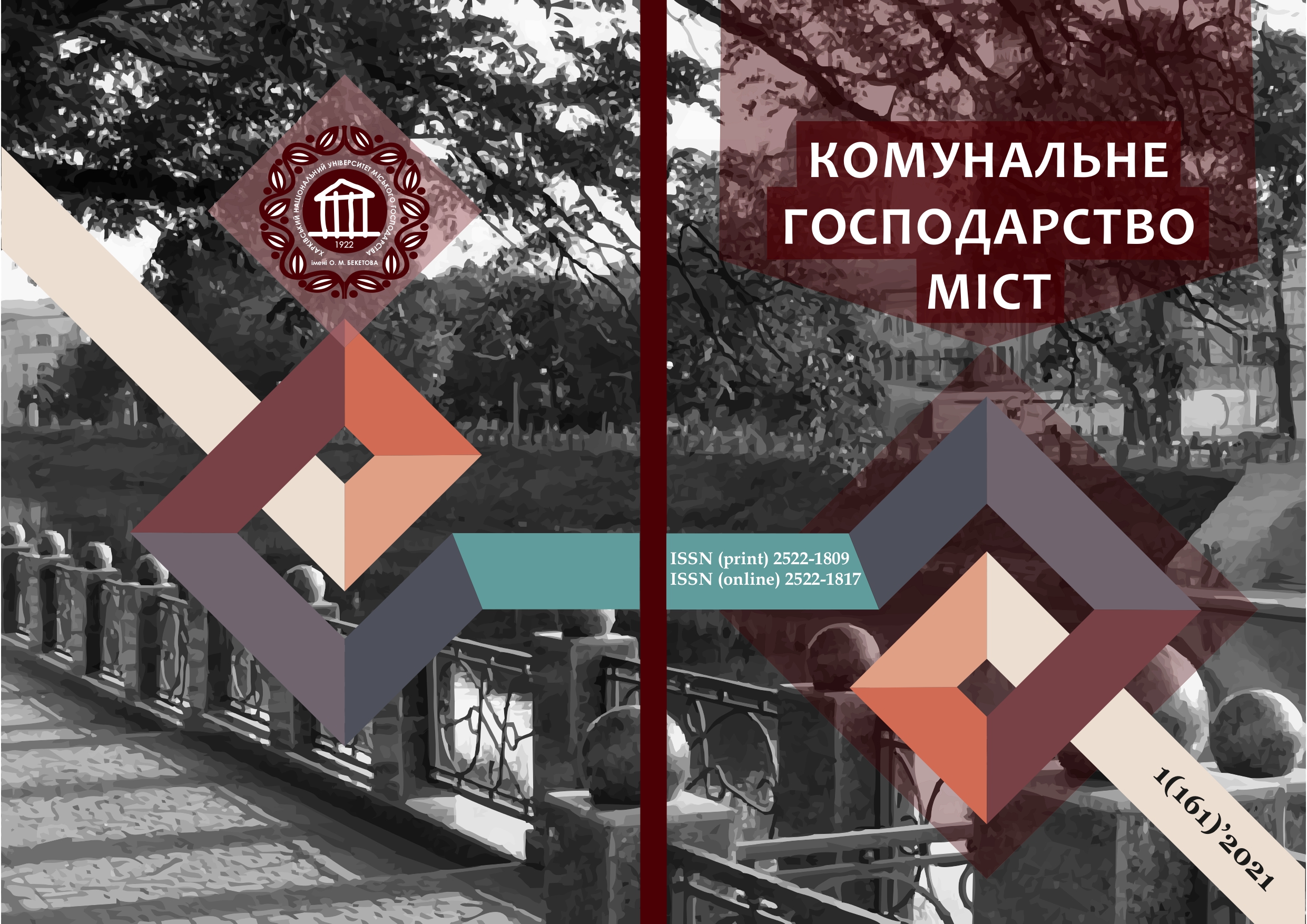RESEARCH OF METHANE PRODUCTION PROCESS FROM BIOGAS AND PYROLYSIS GAS
Array
Keywords:
biogas, absorption, adsorption, methane, biotechnology.Abstract
The article investigates the separation process of biogas and the pyrolysis gas by application of membrane technology. The urgency of the problem of purification of industrial, agricultural, distillery waste or waste water by means of biological fermentation in anaerobic conditions of organic substances is indicated. If it is not possible to biodegrade waste, use pyrolysis or gasification. Pyrolysis gas, unlike biogas, has hydrogen and carbon monoxide. The process of separating methane from leaving impurities is much more economical than the process of removing impurities to obtain methane.
Although for more than a hundred years mankind has known about the principles of gas diffusion and mass transfer through polymer films. But only in the last 40 years, membranes have begun to be used on an industrial scale in gas purification. With a membrane unit, a high methane production efficiency (> 96%) can be achieved. The lack of mechanical complexity and their modular design, which allows them to scale easily to provide significant flexibility, are increasingly gaining attention from the industry.
The paper was proposed setting circuit for isolating methane and its operation is described.
As a result of the research carried out, graphical dependencies were obtained at the stages: absorption (volume fraction of dissolved methane from the circulation ratio of the absorber), adsorption (absorption capacity of the membrane packing over time) and regeneration (the rate of desorption of the absorber from the membrane packing versus time). Using these dependencies, it is possible to calculate the flow rate of the absorber that is used in the absorption process and to determine the number of membrane elements for the membrane apparatus.
References
2. Xiao Yuan Chen, Hoang duc Vinh, Antonio Avalos Ramirez 2015 "Membrane gas separation technologies for biogas upgrading" RSC advances 2015 v.5 no.31 pp. 24399-24448. DOI: 10.1039/C5RA00666J
3. L. H. Pol, J. van Lier and G. Zeeman, in Proceedings de la Energ´ıa Sostenible en Andaluc´ıa: Nuevas Fuentes Sostenibles,Biogas, Seville, Spain, 2008.
4. J. Coombs, in Critical Reports on Applied Chemistry,Anaerobic Digestion: A Waste Treatment Technology AppliedScience, ed. A. Wheatley, Elsevier, London, 1990, Vol. 31,pp. 1–42.
5. Biogas & Engines, www.clarke-energy.com, (Accessed on November, 2020).
6. T. Hübner and J. Mumme, “Integration of pyrolysis and anaerobic digestion - Use of aqueous liquor from digestate pyrolysis forbiogas production,” Bioresour. Technol., vol. 183, pp. 86–92, 2015.
7. F. Monlau, M. Francavilla, C. Sambusiti, N. Antoniou, A. Solhy, A. Libutti, A. Zabaniotou, A. Barakat, and M. Monteleone, “Toward a functional integration of anaerobic digestion and pyrolysis for a sustainable resource management. Comparison between solid-digestate and its derived pyrochar as soil amendment,” Appl. Energy, vol. 169, pp. 652–662, 2016.
8. М. Shafarenko, Separation of biogas with methane and carbon dioxide / M.V. Shafarenko, O.V. Vorobyova //XV International Scientific and Practical Conference "Key Issues in Modern Science - 2019", 15 - 22 April 2019, Sofia, Bulgaria. - Sofia: Byal GRAD-BG, 2019. - P. 23-25 https://ela.kpi.ua/handle/123456789/29887
9. Ramm, VM Gas absorption / VM Ramm. - 2nd ed., Rev. and add. - M.: Chemistry, 1976 .-- 655 p. : ill. – Bibliography.
Downloads
Published
How to Cite
Issue
Section
License
The authors who publish in this collection agree with the following terms:
• The authors reserve the right to authorship of their work and give the magazine the right to first publish this work under the terms of license CC BY-NC-ND 4.0 (with the Designation of Authorship - Non-Commercial - Without Derivatives 4.0 International), which allows others to freely distribute the published work with a mandatory reference to the authors of the original work and the first publication of the work in this magazine.
• Authors have the right to make independent extra-exclusive work agreements in the form in which they were published by this magazine (for example, posting work in an electronic repository of an institution or publishing as part of a monograph), provided that the link to the first publication of the work in this journal is maintained. .
• Journal policy allows and encourages the publication of manuscripts on the Internet (for example, in institutions' repositories or on personal websites), both before the publication of this manuscript and during its editorial work, as it contributes to the emergence of productive scientific discussion and positively affects the efficiency and dynamics of the citation of the published work (see The Effect of Open Access).

